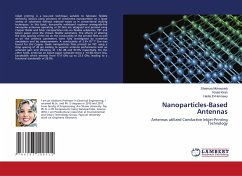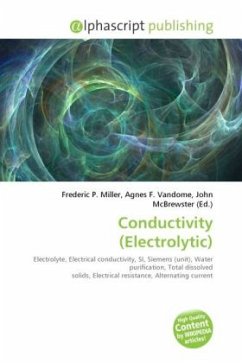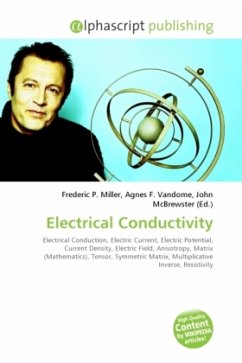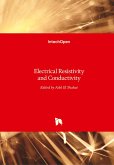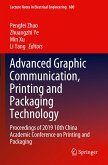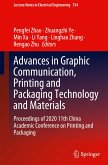Inkjet printing is a low-cost technique suitable to fabricate flexible electronic devices using solutions of conductive nanoparticles on a large variety of substrates without material waste as in conventional etching techniques. In this book, low-profile wideband coplanar waveguide-fed monopole antennas operating at 20 GHz are designed and printed using Copper Oxide and Silver nanoparticles inks on flexible substrates. PET and Epson paper were the chosen flexible substrates. The effects of altering the drop spacing of the ink on the conductivity of the printed films as well as on the antenna parameters were fully investigated by numerical simulations and by measurements. A conductivity of 2.8×10^7 S/m was found for the Copper Oxide nanoparticles films printed on PET using a drop spacing of 20 µm leading to superior antenna performance with an achieved gain and efficiency of 1.82 dB and 97.6% respectively. On the other hand, antennas on Epson paper substrate show a -10 dB return loss, bandwidth which extends from 17.9 GHz up to 23.3 GHz, leading to a fractional bandwidth of 26.0%.
Bitte wählen Sie Ihr Anliegen aus.
Rechnungen
Retourenschein anfordern
Bestellstatus
Storno

